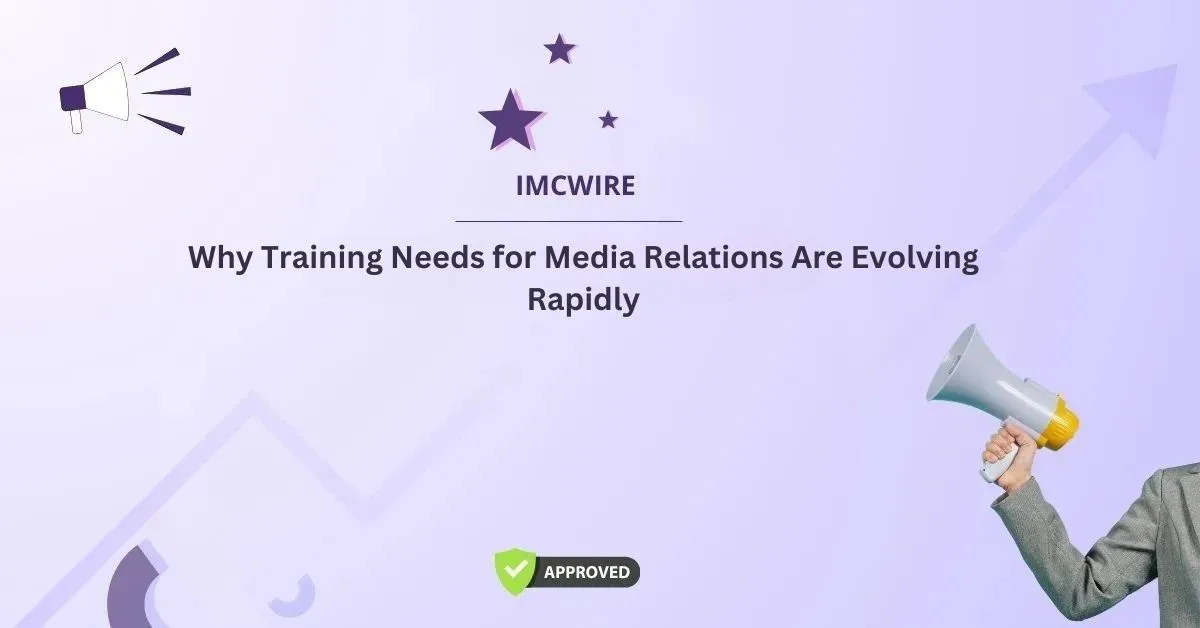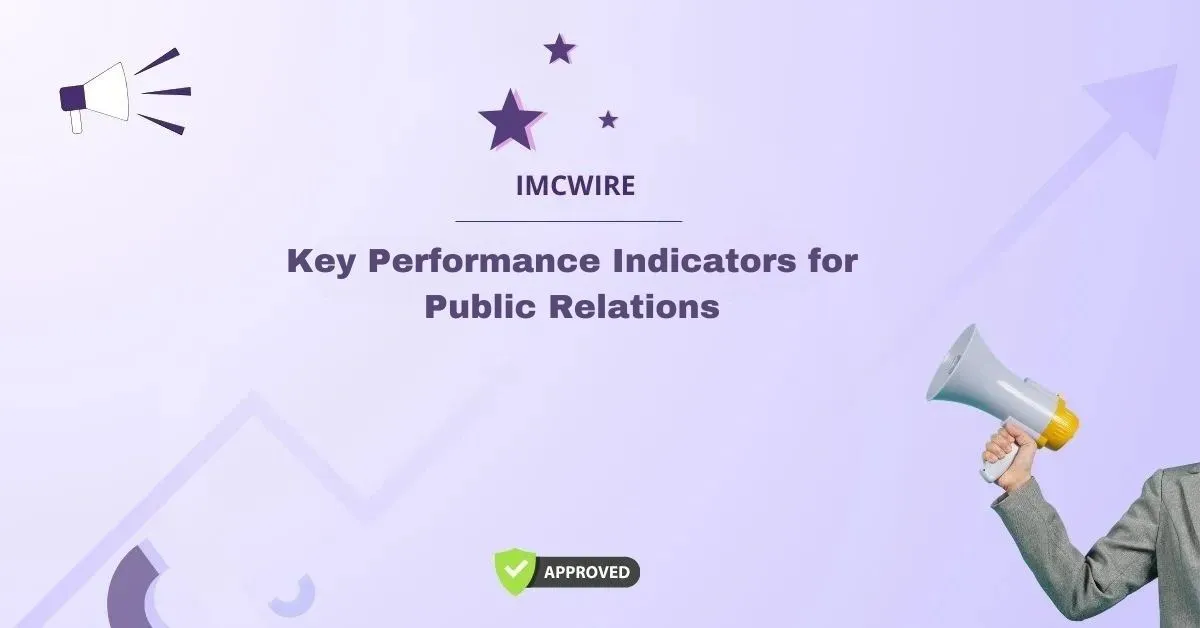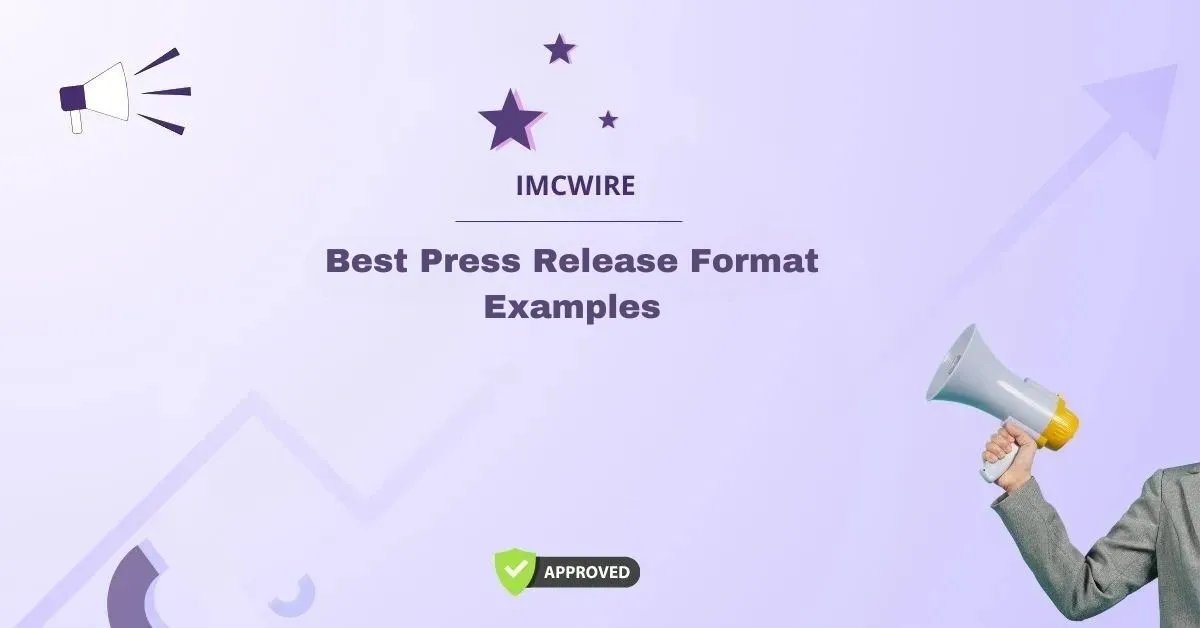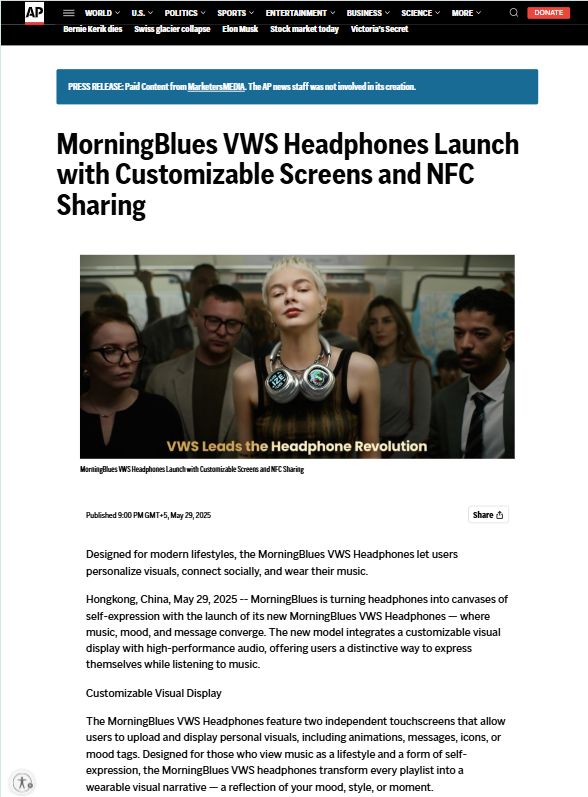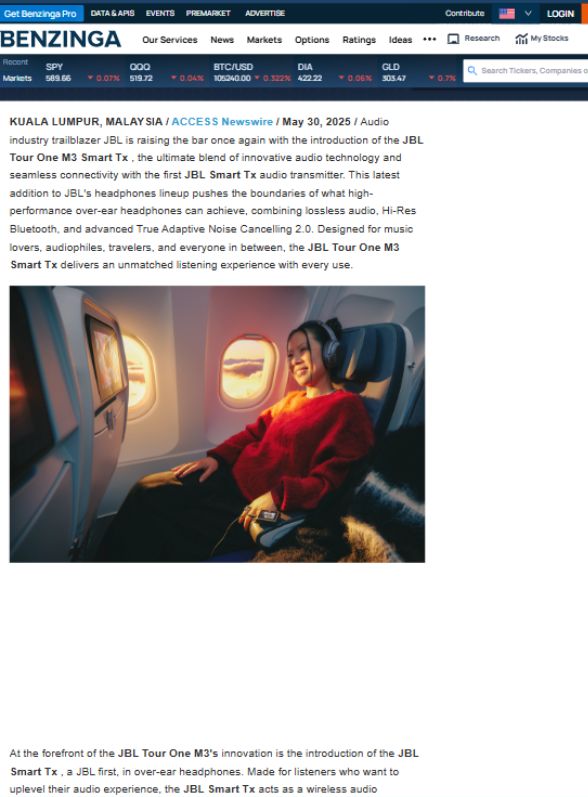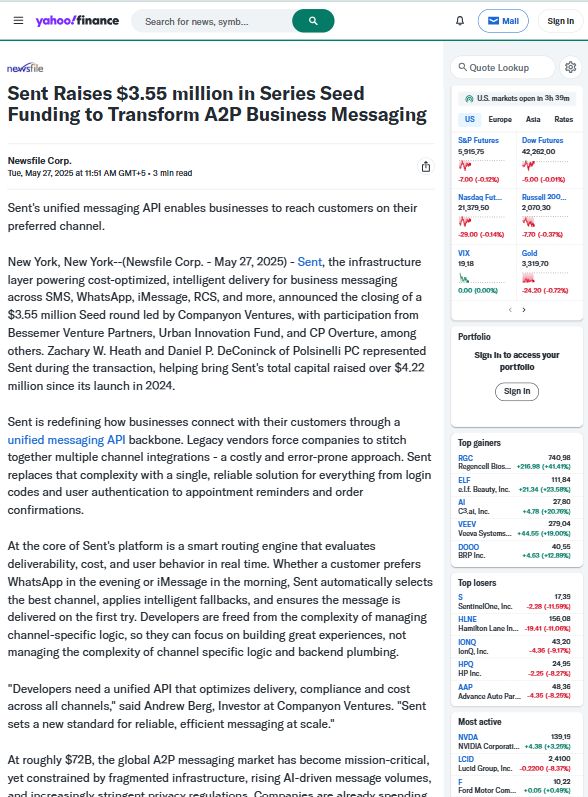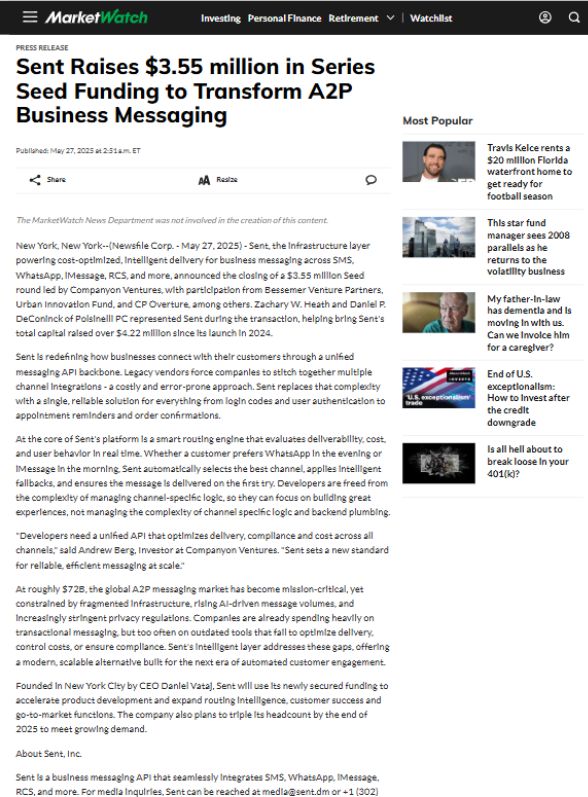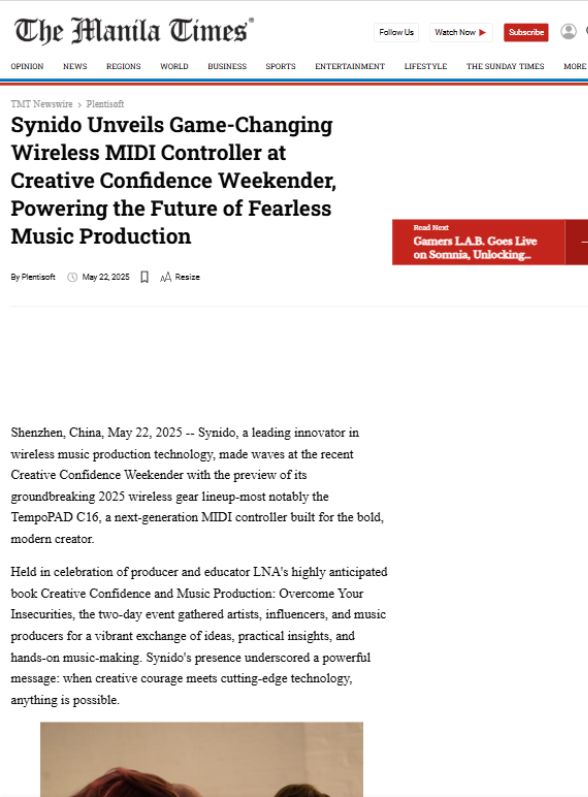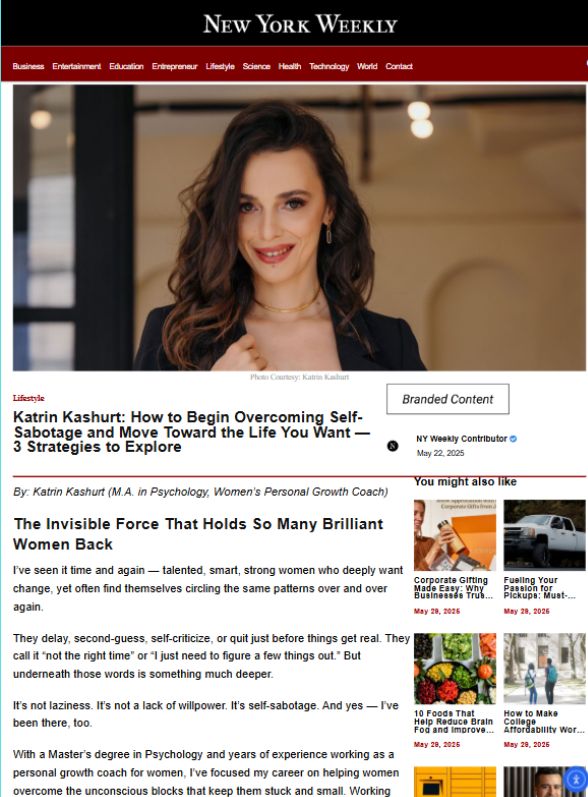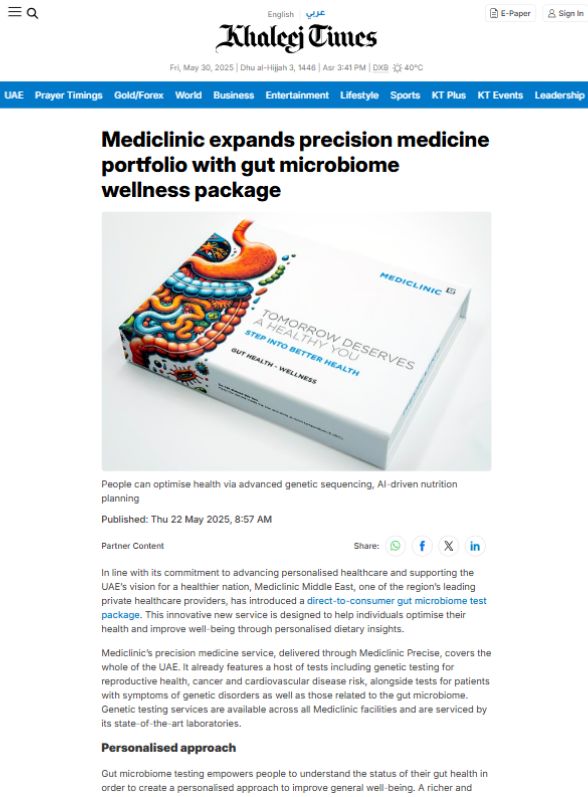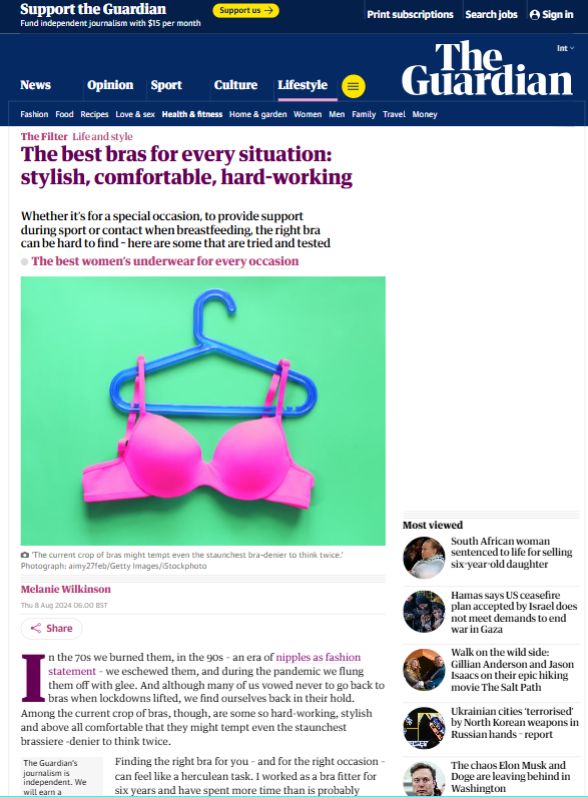In the age of real-time communication and 24/7 news cycles, training needs for media relations have become increasingly critical for organizations seeking to maintain brand credibility, manage public perception, and foster meaningful media partnerships. For any business that values its public image, media relations training is not just an asset—it’s a necessity.
This guide explores the fundamental and advanced training needs for media relations, what skills must be developed in public relations teams, how training programs should be structured, and why this training is essential for long-term success in a highly dynamic media landscape.
Table of Contents
The Importance of Addressing Training Needs for Media Relations
Media relations is more than just pitching press releases or organizing press conferences. It involves building lasting relationships with journalists, effectively managing media inquiries, crafting compelling narratives, and responding promptly and appropriately during crises.
Poorly handled media relations can lead to miscommunication, damaged reputation, or even full-blown PR disasters. On the other hand, effective media communication can position a company as a trusted authority, boost brand recognition, and build long-term goodwill with the public.
To ensure this success, organizations must regularly assess and respond to their training needs for media relations, aligning learning goals with the ever-evolving demands of the media ecosystem.
Core Areas of Training for Effective Media Relations
Meeting the training needs for media relations involves a mix of technical, strategic, and interpersonal skills. Here are the core areas organizations must address:
1. Media Landscape Awareness
Understanding how the media functions today is fundamental. From traditional print and broadcast outlets to digital-native platforms and influencers, PR professionals must be trained to navigate a diverse media environment.
Training objectives include:
- Identifying different media types and their audiences
- Understanding journalist roles and editorial calendars
- Recognizing how news cycles and deadlines influence media behavior
2. Media Interview Skills
Training spokespeople and executives on how to engage effectively during interviews is a vital media relations skill.
Training components may cover:
- Body language and tone of voice
- Bridging techniques to stay on message
- Handling tough questions with poise
- Avoiding “off-the-record” pitfalls
3. Crisis Communication Preparedness
Every brand is vulnerable to crises. Being media-ready during such events is non-negotiable.
Crisis training includes:
- Developing key messages under pressure
- Coordinating statements across multiple stakeholders
- Simulated press briefings and mock interviews
- Media blackout vs. transparency decisions
4. Press Material Creation and Messaging
Media professionals must be trained to write and edit compelling content that captures journalists’ attention and serves editorial value.
Focus areas:
- Crafting press releases, media kits, and fact sheets
- Creating talking points and holding statements
- Customizing pitches for individual journalists
- Adhering to AP style and journalistic standards
5. Relationship Building with Journalists
Media relations is, above all, relationship-driven. Training in soft skills like empathy, trust-building, and consistency is crucial.
Training includes:
- Following up professionally without spamming
- Providing value-added information
- Understanding journalist priorities and constraints
- Offering exclusives or embargoed stories where appropriate
Modern Training Needs for Media Relations in a Digital World
Digital transformation has added new dimensions to traditional media relations. Professionals must now engage with hybrid newsrooms, data-driven stories, and social media platforms that function like media outlets.
Here’s how training needs for media relations are adapting:
1. Digital PR and SEO Integration
Today’s press releases need to be search-friendly, optimized for online visibility, and distributed through channels that impact SERPs.
Training focus areas:
- Integrating keywords into press releases
- Using multimedia in online press rooms
- Measuring media pickup through backlinks and domain authority
2. Multimedia Content Production
Visual storytelling is more powerful than ever. Video soundbites, infographics, and branded visuals help make your story media-ready.
Training topics:
- On-camera training for virtual interviews
- Shooting and editing basic media assets
- Scripting for multimedia press pitches
3. Social Media as a Media Channel
Social platforms are no longer just promotional tools—they are also breaking news platforms.
Training scope:
- Identifying trending media narratives
- Engaging journalists on X (formerly Twitter) and LinkedIn
- Live media briefings through YouTube or Instagram
Customizing Media Relations Training to Organizational Needs
Every organization is different. A startup may require basic media relations orientation, while a multinational corporation may need high-level crisis communication simulations.
When determining training needs for media relations, companies should assess:
- The experience level of internal PR or communications teams
- Frequency and scale of media interaction
- Industries with regulatory or high-stakes visibility (e.g., healthcare, finance, government)
- Internal spokesperson availability and readiness
- Technology stack for media tracking and content creation
Custom training can be delivered through:
- In-house workshops led by PR veterans
- External media training agencies
- Online courses and certification programs
- Role-play simulations and media interview drills
Metrics to Evaluate Media Relations Training Impact
Addressing training needs for media relations should result in measurable improvements. After training initiatives, organizations should track:
- Quality and clarity of press materials
- Number of positive media mentions
- Feedback from journalists and media partners
- Speed and effectiveness of crisis responses
- Growth in media coverage across desired platforms
Incorporating pre-training assessments and post-training evaluations is key to quantifying progress and improving future learning modules.
Case Example: How One Brand Transformed Media Perception Through Training
Consider the case of a fast-growing fintech firm that faced negative press during a system outage. After failing to communicate effectively with the media, the company invested in a tailored media training program for its leadership and comms team.
Key takeaways from their training journey:
- Spokespeople became more confident and prepared for interviews
- The company adopted a proactive communication strategy for incidents
- Media relationships strengthened as journalists received timely, valuable updates
- Positive press coverage increased by 42% within six months
This transformation demonstrates how investing in the right training needs for media relations can restore reputation and fuel positive brand momentum.
The Role of Leadership in Media Relations Training
Senior leaders and executives are often the face of an organization in the media. Their ability to communicate clearly, calmly, and consistently is paramount.
Executive media training should focus on:
- Managing high-stakes interviews and televised appearances
- Navigating shareholder or regulatory scrutiny
- Representing the organization during crises
- Public speaking techniques and confidence-building
When leaders demonstrate media-savviness, it sets the tone for the entire organization.
Future Trends Shaping Training Needs for Media Relations
As the media world continues to evolve, so too must the training needs for media relations. Key trends influencing the future of media training include:
- AI-Powered Newsrooms: Journalists increasingly rely on AI tools for research and writing. PR pros must learn how to tailor pitches for algorithm-assisted media processes.
- Data Journalism: Understanding data and presenting it meaningfully is becoming a valuable skill in media relations.
- Short-Form Content: Attention spans are shrinking. Media messages must be concise and impactful.
- Diversity in Representation: Media teams must be trained to communicate inclusively and avoid language that lacks cultural sensitivity.
Final Thoughts
Meeting the training needs for media relations is an ongoing investment that pays dividends in visibility, trust, and public reputation. In a world where one misquote can go viral and one strong message can transform a brand, media training is not a luxury—it’s a strategic imperative.
Whether you’re a startup preparing your first press kit or a global brand managing multi-channel media strategies, refining your approach to media relations through well-targeted training will sharpen your competitive edge and solidify your voice in the marketplace.
To stay resilient and relevant in today’s communications environment, prioritize your media team’s growth—because the story you tell can define your brand for years to come.

